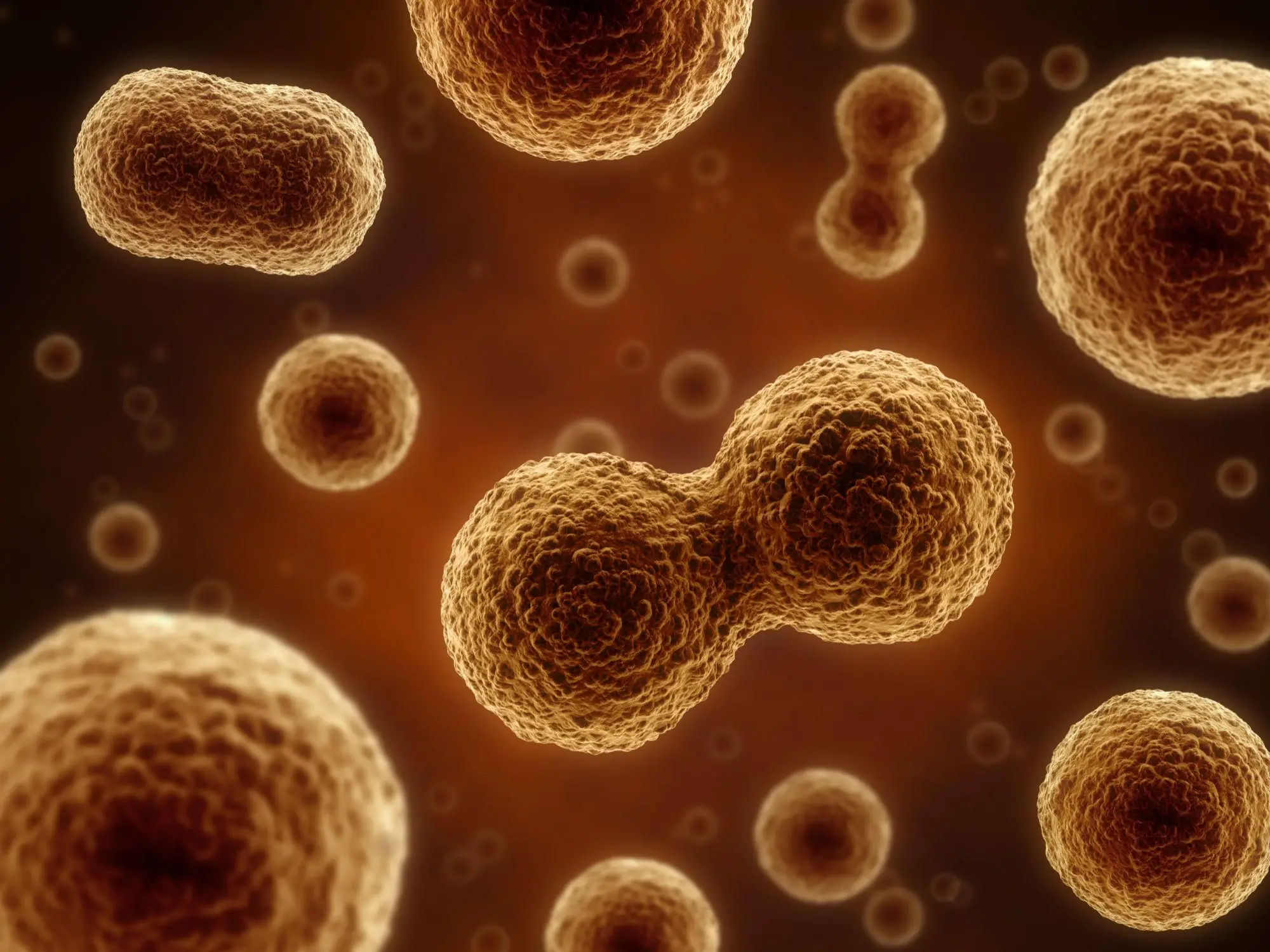Summary of Cancer Cells Shrink or Super-Size To Survive:
Cancer cells are capable of altering their size to resist treatment, according to research by scientists at The Institute of Cancer Research in London. The researchers analysed skin cancer cells to discover that cells with a BRAF mutation were very small, while cells with an NRAS mutation were larger. The latter were more able to resist cell repair mechanisms, so chemotherapy might not be as effective against them, but they could be more vulnerable to immunotherapy. The researchers have identified similar mechanisms in breast cancer and are investigating further.
*****
Cancer cells have long been known to be cunning in their ability to evade treatments, but a new study has shed light on one of their lesser-known tactics: the ability to manipulate their size. Researchers from The Institute of Cancer Research in London have found that cancer cells can shrink or expand in order to better survive drug treatment or other environmental challenges. By combining biochemical profiling technologies with mathematical analyses, the scientists uncovered the mechanisms by which genetic changes can result in variations in the size of cancer cells.
The study focused on melanoma skin cancer cells, which are driven by mutations in either the BRAF gene or the NRAS gene. The researchers found that BRAF-mutant cancer cells tend to be very small, whereas NRAS-mutant cancer cells are much larger. Drug-resistant NRAS cells were even larger, suggesting that larger cells may be more resistant to certain treatments.
However, smaller cells may be more vulnerable to DNA-damaging agents like chemotherapy combined with targeted drugs, as they are very concentrated with proteins that repair DNA. This means that drugs blocking proteins responsible for repairing DNA damage – such as PARP inhibitors – may be more effective against smaller cells, especially when combined with DNA-damaging agents such as chemotherapy.
In contrast, the larger NRAS-mutant cancer cells contained damage to their DNA instead of repairing it, accumulating mutations and enlarging. These larger cells were not as reliant on DNA repair machinery, suggesting that using chemotherapy and PARP inhibitors against them might not be as effective. However, scientists believe larger cells could be more responsive to immunotherapy, as their larger number of mutations could make them appear more alien to the body.
The researchers believe BRAF and NRAS mutations may be driving the differences in cell size by regulating levels of a protein known as CCND1. This protein is involved in cell division, growth, and maintaining the cytoskeleton, and its interactions with other proteins may be what controls cell size.
While the study focused on skin cancer cells, the researchers suspect that this size-shifting ability and its impact on treatment response is common to multiple cancer types. They have already identified similar mechanisms in breast cancer and are now investigating whether the findings could apply to head and neck cancers.
The discovery provides new insight into how the size of cancer cells affects the overall disease, allowing for better predictions of how people with cancer will respond to different treatments simply by analyzing cell size. Existing drugs could even be used to force cancer cells into a desired size prior to treatments like immunotherapy or radiotherapy, which could improve their effectiveness.
Study leader Professor Chris Bakal said the research has “real diagnostic potential,” with pathologists potentially being able to predict whether a drug will work or if the cells will be resistant by looking at cell size. Additionally, the findings could lead to new treatment strategies, such as creating drugs to target the proteins that regulate cell size.
Overall, the study highlights the complexity of cancer and the need for personalized treatments that take into account the unique characteristics of each patient’s cancer cells. By understanding how cancer cells manipulate their size, researchers can work toward more targeted and effective treatments for those affected by the disease.



Comments are closed